 MIAMI — Overtown’s historic Lyric Theater is entering the final phase of its restoration and expansion.
MIAMI — Overtown’s historic Lyric Theater is entering the final phase of its restoration and expansion.
The Lyric’s official grand opening date of Feb. 12, 2012 was announced at its Topping Off Ceremony on June 18 on the theater’s plaza, where a rendering of the completed building was unveiled.
Shows will return to the Lyric, and the theater will open immediately for programming and rentals, said Timothy A. Barber, executive director of The Black Archives History and Research Foundation of South Florida, Inc.
“We are at the halfway point of the new structure,” said Dorothy Jenkins Fields, founder of The Black Archives.
“After 11 years, the walls are up and the roof is on. This is a dream come true for many generations,” Fields said.
The theater’s soft opening, a private affair for Lyric donors, is scheduled for September 2011, Barber said.
The theater, which originally opened in 1913, once played host to the greats of the jazz world, including Louis Armstrong, Ella Fitzgerald, Count Basie and Aretha Franklin, who came to perform in Miami's “Little Broadway” in “Colored Town's” heyday during segregation.
The 400-seat theater at 819 NW 2nd Ave. was built, owned, and operated by Geder Walker, a black man from Georgia. In 1915, the Miami Metropolis newspaper described the Lyric Theater as “possibly the most beautiful and costly playhouse owned by Colored people in all the Southland,” according to the Black Archives website.
The theater closed in 1960. It was acquired by the Black Archives in 1988, under the direction of Jenkins Fields, who is a historian and archivist. Her family owned a lot across the street, dating back to the early 20th century.
The theater was designated an historic site a year later, making any improvements or additions subject to the approval of the Miami Historic and Environmental
Preservation Board, and more recently the Miami Community Redevelopment Agency board, which consists of the five Miami city commissioners. The theater reopened to the public in 2000, and organizers have been pushing to expand and update the facility for several years.
The theater was awarded $10 million for phase three of the construction, which includes an expansion of its original stage. The money comes from a $2.7 billion public grant given by Miami-Dade County’s General Obligation Bond (GOB), according to Barber.
Several venues from across the county, he said, were selected to receive funding for brick and mortar.
But The Archives has not yet received the $10 million, Barber said, because “the county will reimburse us.”
In February, Miami-Dade County executed a $5 million contract, which, according to Barber, has been signed.
At that time, he said, “we began construction. We don’t receive the $5 million; the contract just says that the monies are allocated in the county budget. Each time we show our receipts, they refund us, and we can continue to build.”
Barber described the theater’s original stage as “just a small black box with no wing space,” adding that, “once you were on the stage, everybody saw you.
There were no curtains and no dedicated lighting.”
This expansion will build out the stage, Barber said, and increase its height to allow for the installation of draperies, rigging and scenic lighting.
“We needed an additional 50 feet of land to do that,” he said.
When the initial plans for construction began, securing the 50 foot block of land was no easy task.
In order to make the wing space larger, Barber said, “we needed to push back 50 feet. The property line was flush to the back of the theater.”
But the block of land needed was owned by the CRA, which, for a while, Barber said, “would not give us the 50 feet even though we received the GOB funding.”
By 2009, Barber said, “nothing was really given to us.”
The CRA, he said, swapped the land.
“In order to get the 50 feet to build, we had to give them [CRA] our rights to the plaza” next to the theater, he said.
Clarence Wood, City of Miami CRA assistant director, said that when the theater opens, “they have our support, as part of our mission is the preservation of historical properties.”
The first phase of the theater’s expansion was the restoration of the original theater; the second included building the Welcome Center Complex in the lobby area.
The original structure did not have dressing rooms, and the bathrooms were not wheelchair accessible or up to code, Barber said. The structure needed to be brought up to standard.
“We are trying to create a cultural destination, a place for tourist to come and enjoy the things people have donated to the Archives,” he said.
Miami City Commissioner Richard P. Dunn said the Lyric “would have been a lost memory had we, as a community, not been supportive.”
CynthiaRoby@Bellsouth.net
Photo by Khary Bruyning. Dorothy Jenkins Fields


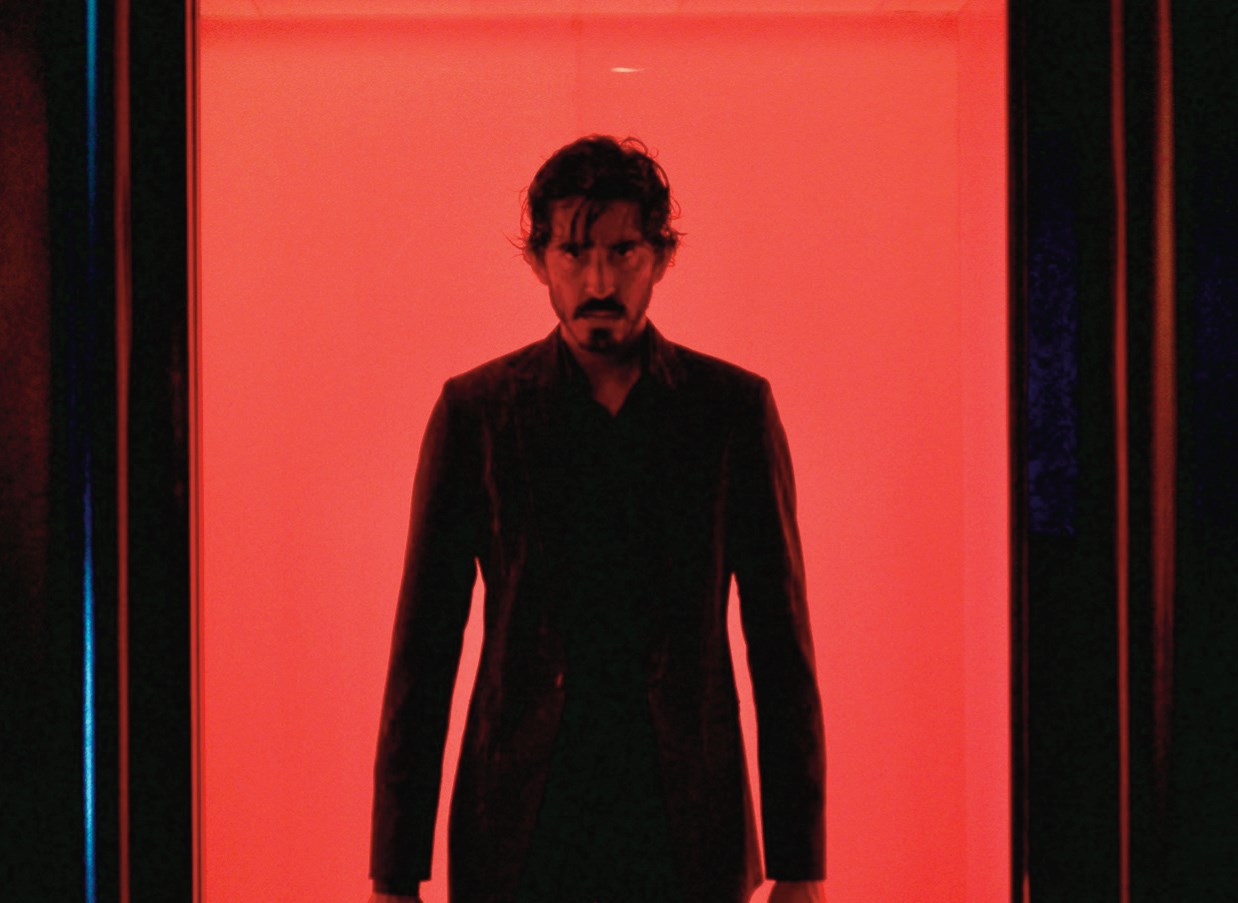
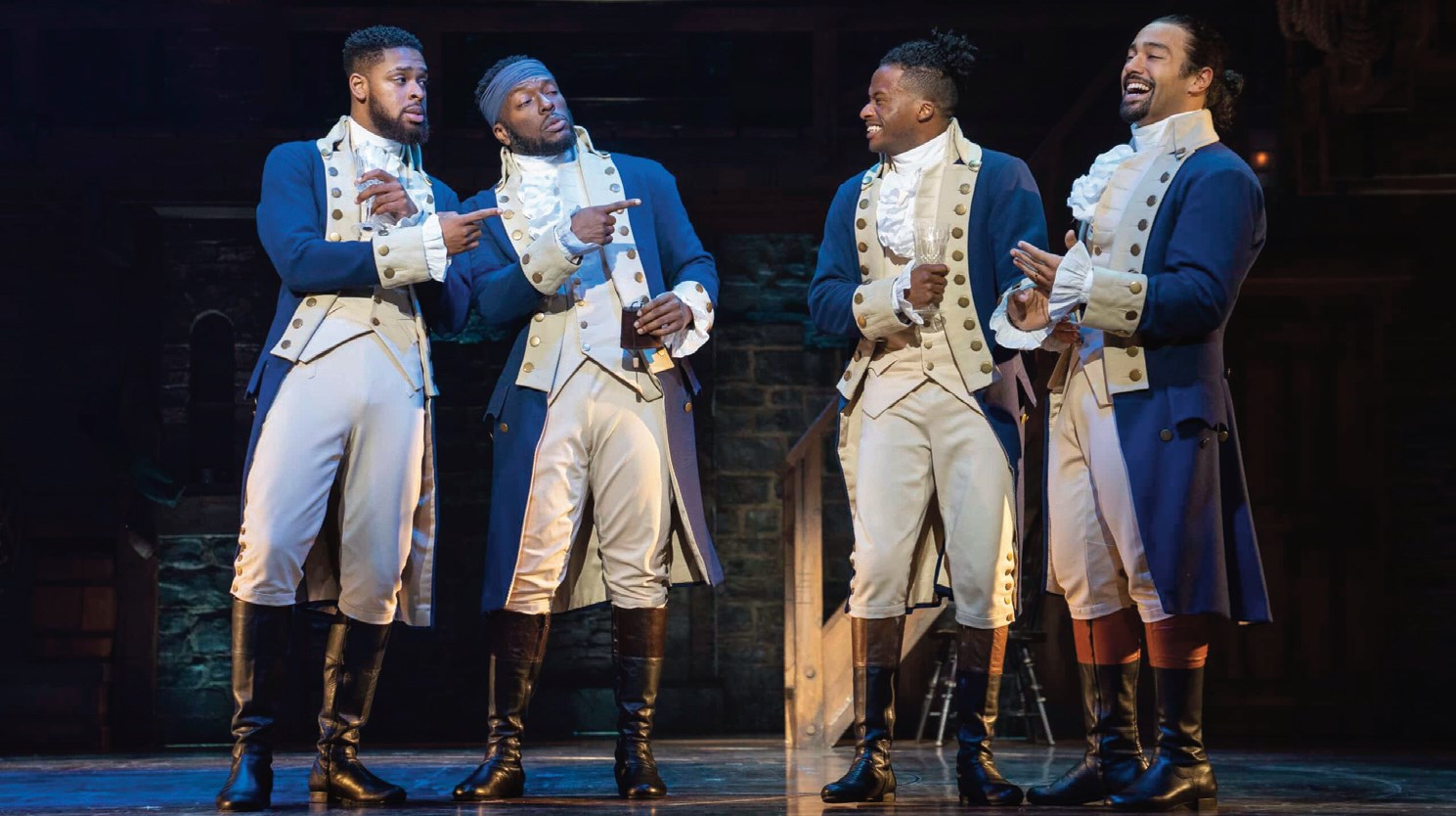


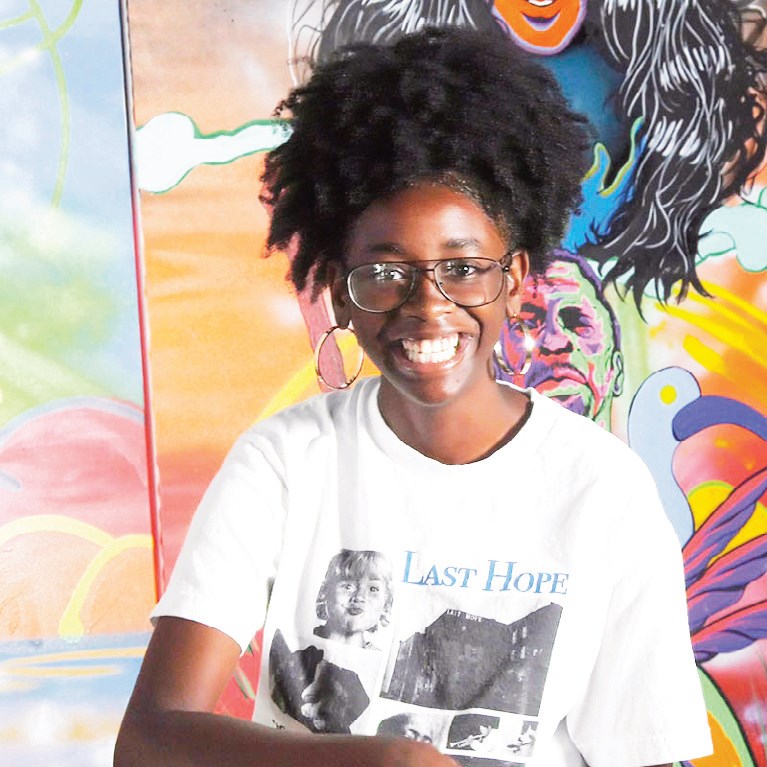
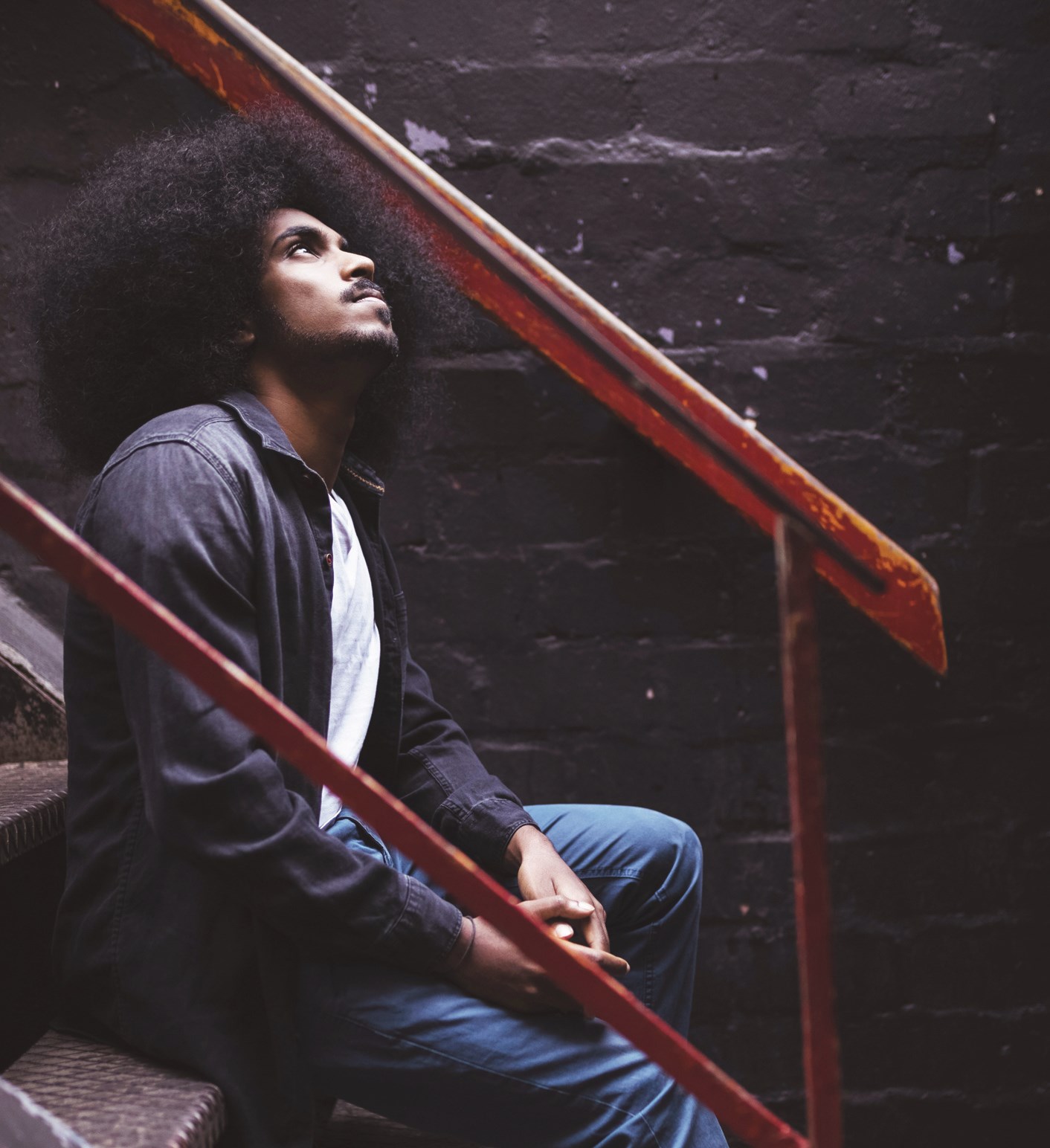
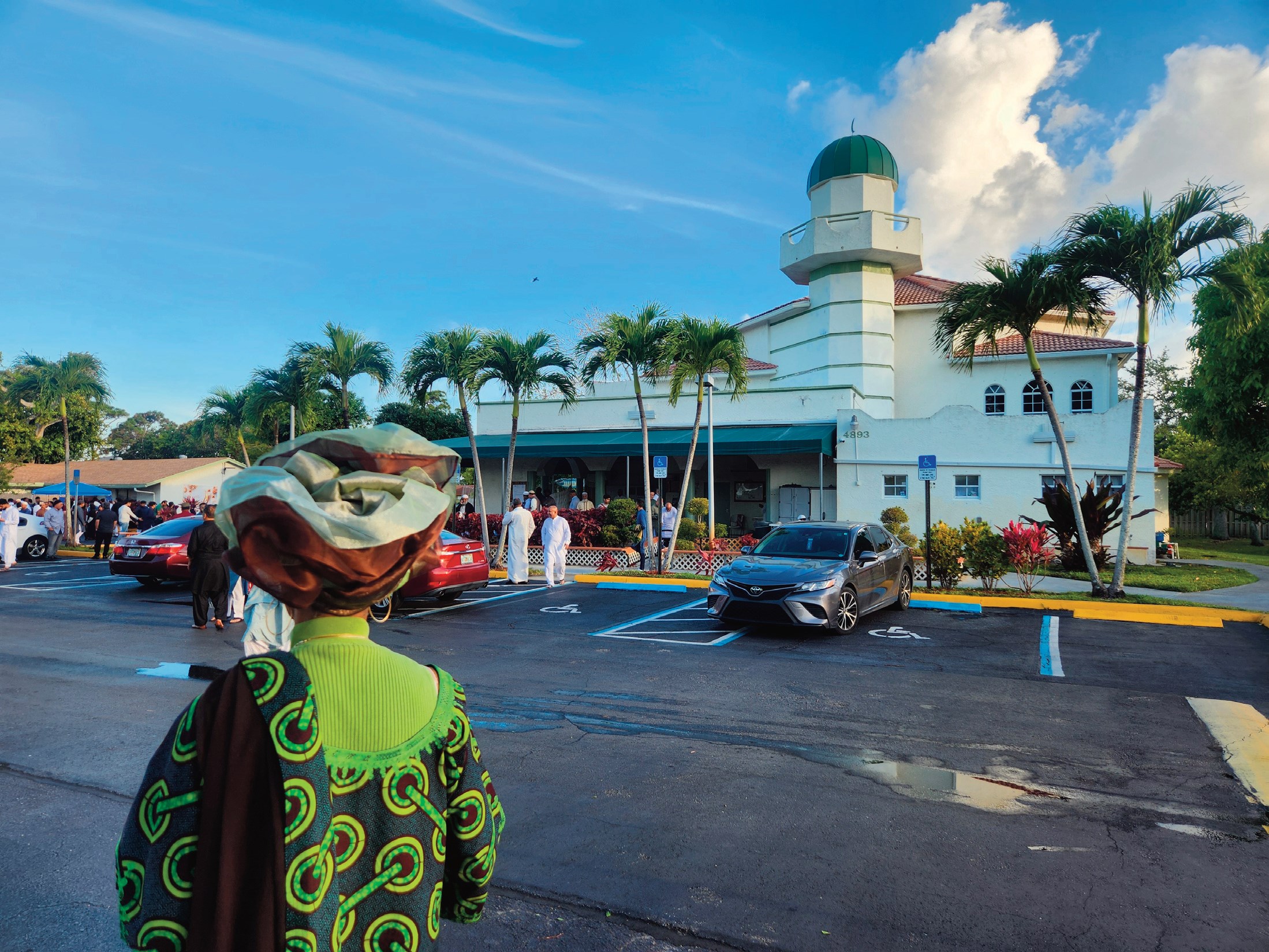



No Comment